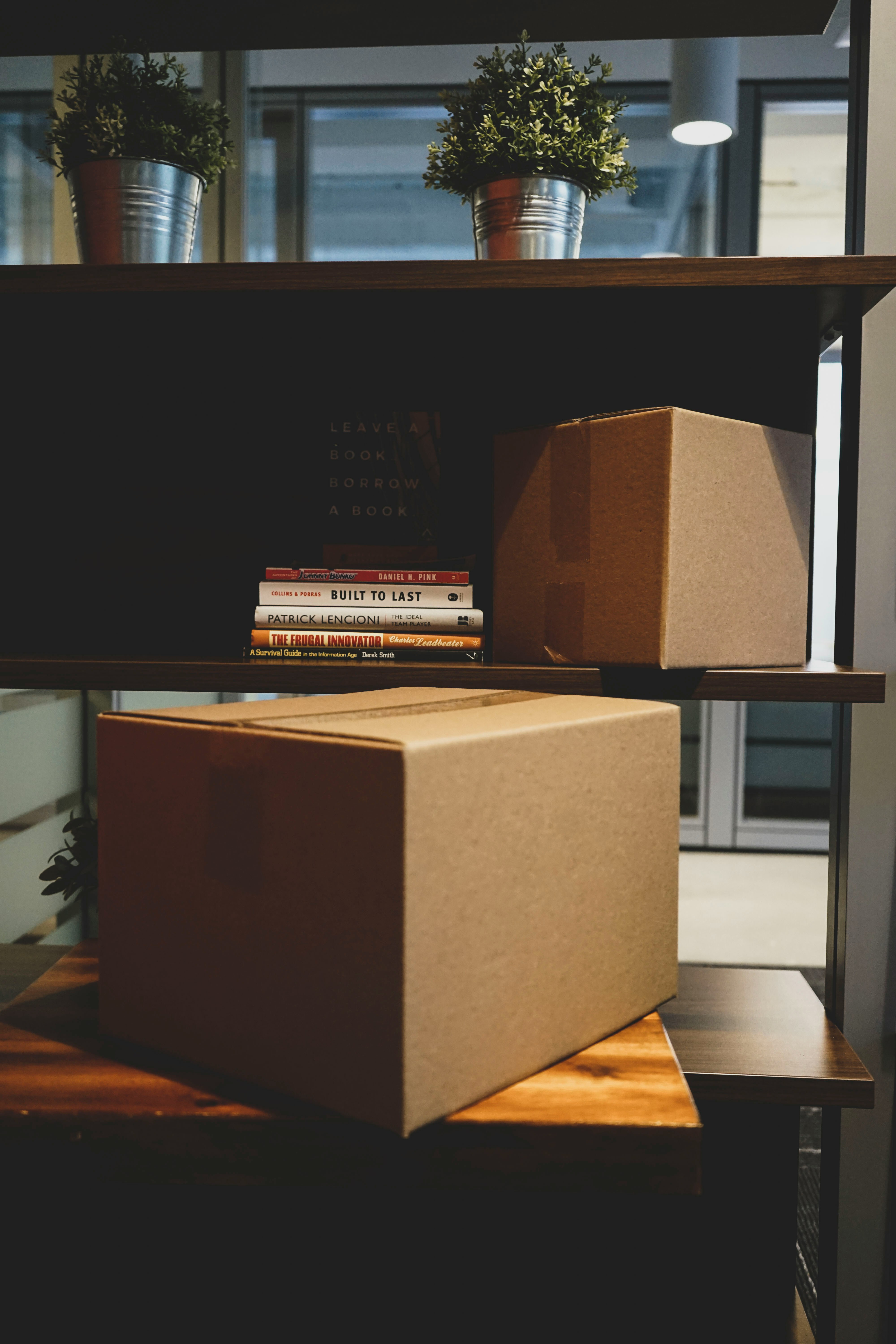


August 22, 2025
by
Landy Liu
Buying your first home can feel out of reach, but it doesn’t have to be. Across the United States, a growing number of assistance programs are making it easier for first-time homebuyers to close the gap on down payments and other upfront costs. From federal grants to local support through participating lenders, these options can save thousands and bring the dream of homeownership closer than you might think.
At Foyer, we simplify the path to homeownership for first-time buyers. With personalized guidance and a roadmap tailored to your financial goals, you're never alone in this journey.
First-time homebuyer grants and assistance programs are designed to reduce the financial barriers that often come with buying a home. Most notably, the down payment and closing costs. These aren’t loans you pay back. Grants are typically one-time financial gifts, while assistance programs may offer deferred or forgivable loans tied to staying in the home as a primary residence.
These programs can come from federal entities like HUD, state housing finance agencies, local governments, or private organizations and banks, including well-known names like Bank of America. Some offer payment assistance, while others support lower interest rates or provide closing cost assistance.
You don’t necessarily need to be purchasing your very first home to qualify. In most programs, a first-time homebuyer is defined as someone who hasn’t owned a primary residence in the past three years.
To qualify for grants or mortgage programs, other typical requirements include:
Eligibility may also depend on your lender. Many programs only work with participating lenders who are approved to offer certain grants. Still wondering if you’re financially or emotionally ready? Here’s how to find out.
Not all homebuyer help is the same. Here are the major types of assistance programs you might come across:
Explore different types of grants and how they can work alongside other options like USDA Loans for a more complete strategy.
Getting access to these programs often starts with doing your research and working with the right lender. Here’s how to begin:
If you’re still figuring out how much to save or where to start, this step-by-step guide can help you build a plan that works!
Homebuyer grants can be a game-changer, but like any form of financial assistance, they come with trade-offs. Here’s what to consider before applying:
Pros:
Cons:
Most grants do not need to be repaid, especially if you remain in the home for a certain period, typically five years. However, if you sell or refinance early, some programs may require partial repayment.
Amounts vary widely. Some national grants offer $5,000 to $10,000, while local programs may cover a percentage of your down payment or up to $25,000 depending on your location and household income.
A grant is essentially free money that doesn’t need to be repaid under normal conditions. Loans, even “assistance” ones, typically require repayment or come with terms like interest rates and forgiveness periods.
Yes. Most programs are aimed at low- to moderate-income households, meaning your eligibility depends on household income relative to area median income (AMI). Some programs also apply price limits to ensure affordability.
Not necessarily. Some grants fully cover your down payment, while others reduce the amount needed. Grants may be paired with low down payment mortgage loans to further ease the burden.
Timelines vary by program, but expect 30–60 days on average. You’ll want to apply early in your homebuying process to ensure your funding is ready when you need it.
Foyer makes it easy. From connecting with participating lenders to uncovering local payment assistance options, we’re your guide to smarter homeownership.